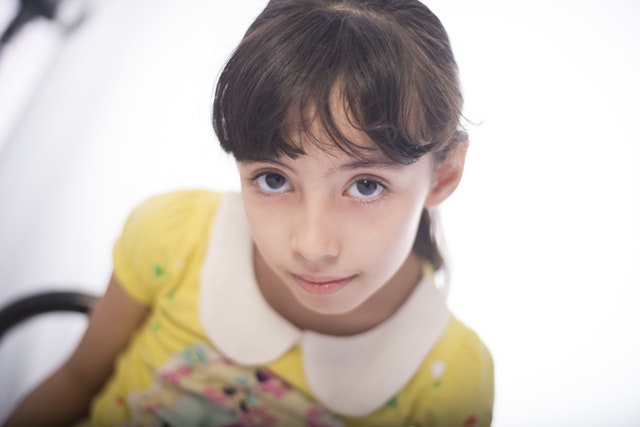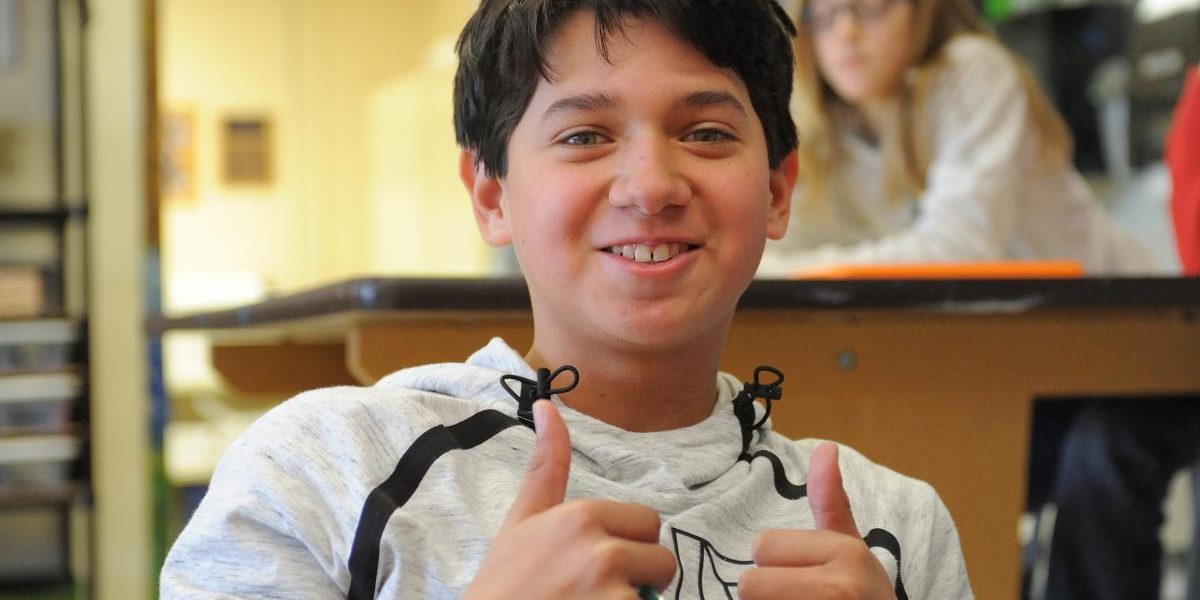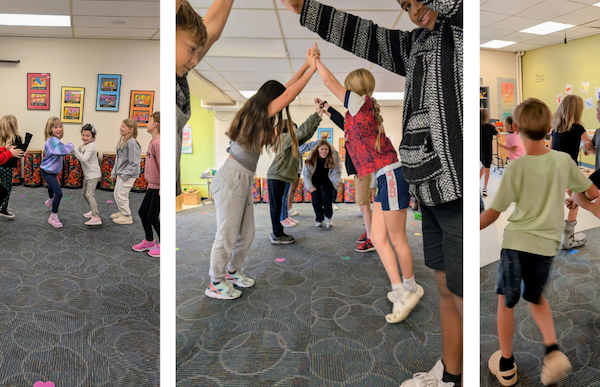
Girls with ADHD Need Our Attention Too
March 7, 2018
When I Think It Will Go Away, But It Doesn’t
March 21, 2018
Personal Competence—Confidence in their own abilities and judgments, self-efficacy and realistic expectations.
Personal competence, in relation to resilience, is defined as the intentional conservation of potential, increasing self-organization and adaptive capacity at all nested levels within social-ecological systems (Sterling, 2010). Okay, but what does that really mean? It means that a student who is high in personal competence demonstrates the ability to identify and utilize potential within areas of strength. It means that the student has the ability to be organized in many facets of life. It also means that the student has the ability to adapt to social structures as they change throughout life.
The mistake that can be made in fostering personal competence occurs when an adult gives praise that is unearned. When an adolescent puts little foresight and little effort into a project but is showered with praise upon completion, it can do little to build a sense of competence and can hinder adaptability. However, when action-oriented goals are set, a plan is designed, and an adolescent devotes concentrated effort to that task, praise should come pouring in from every angle. Praise that is focused on process and action rather than outcome reinforces the competence that an adolescent holds in that area, so if the goal setting is SMART (Specific, Measurable, Attainable, Realistic, and Timely), then it is easy for parents and educators to deliver pointed and meaningful praise.
Goal setting has been well documented to help students build personal competence, but more attention must be given to the writing of the goal than the outcome. The goal is the foundation upon which action and growth are built, so the foundation must be stable to motivate and direct young people. Setting realistic goals and designing a plan to achieve them allows adolescents to identify abilities, helps adolescents focus on process and action-oriented effort, and gives the structure needed to allow for successful outcomes.
So, if you’re a parent, and you want your son or daughter to design a goal for the next trimester or quarter, which of these two would you choose?
- I will get straight A’s in the next marking period.
- I will begin studying for each test or exam at least two nights before the exam so that I can ask questions of the teacher if I am confused about anything.

Did you go for #1 or #2? While the first goal is bold within an A-F marking system, it is goal-oriented and gives little insight into process or realistic expectations. Goal #2 is a process-oriented goal that is more suited to fostering abilities and realistic expectations, with the likely benefit of improving learning outcomes and personal competence.
Blogger Jason T. Mott, Ed.D., shares his expertise in raising resilience for young adolescents and improving learning outcomes for K-12 students. If you have questions, please contact Director of Learning Programs Carmen Mendoza at .



